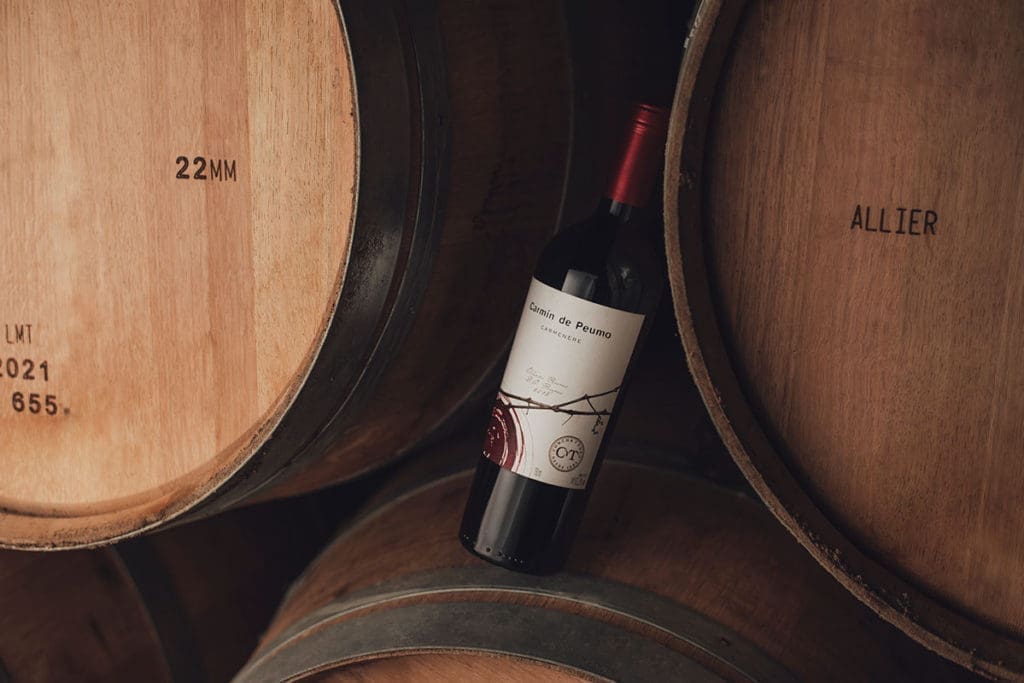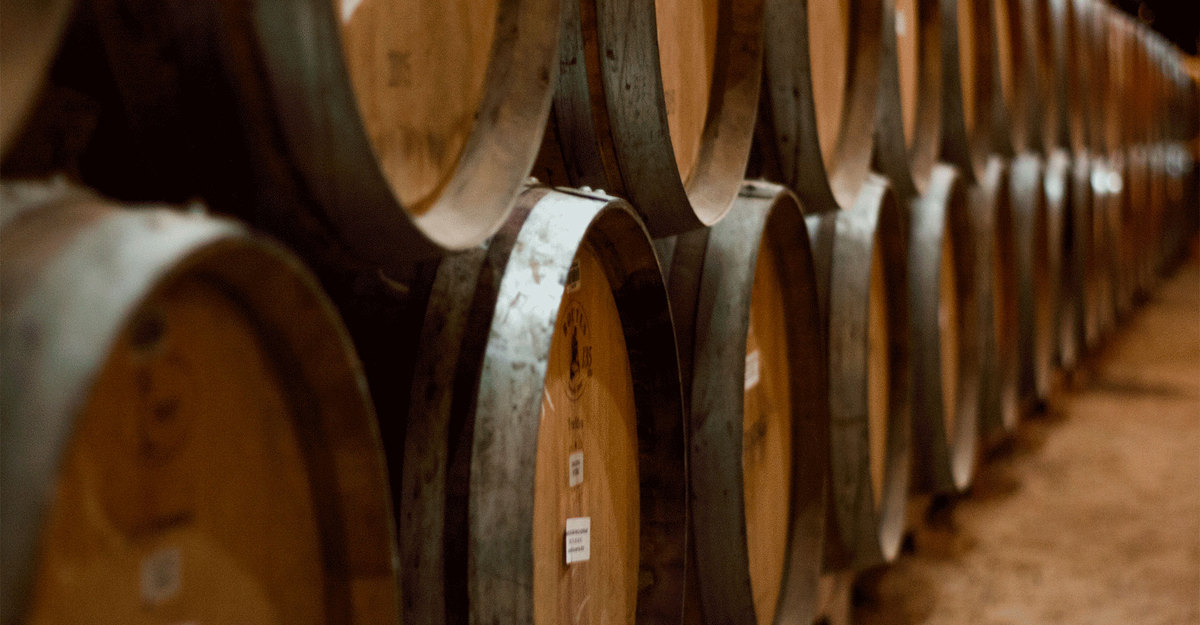3 de May de 2023
The use of oak in wine
In the winemaking process, oak can play different roles and, therefore, influence it in different ways. Here we tell you what they are.
When we talk about wood in wine, it is likely that the first image that comes to mind is the romantic picture of wine stored in wooden barrels. Grouped one next to the other, in a dark, low-temperature underground cellar. However, the use of oak goes beyond this image and is not a matter of appearance.
Oak in the storage process
One of the main reasons why winemakers use oak barrels is because they are relatively porous. During the wine’s maturation process, oxygen helps certain aromas evolve into flavours of caramel, dried fruit and hazelnuts. At the same time, the tannins in red wines can be softened. All these changes happen much faster if the barrel size is small. For this reason, when large barrels such as foudres are used (which in the case of Marques de Casa Concha Malbec are used to store 80% of the wine, while the rest is in barrels), it is because the winemaker probably does not seek to contribute to the wine many oak aromas and flavours.
Also oak is used to add flavours directly to the wine through the barrel. But the amount will directly depend on how the barrel was made, its size and its age. Since, for example, the level of toasting of a barrel could deliver sweet-spiced and charred wood aromas and flavours whose intensity will depend on whether the oak is new or not. New oak might deliver notes of vanilla, coconut, and spices. Carmín de Peumo 2018, for example, is aged for 15 months in French oak barrels, 91% first-use and 9% second-use.

Oak in the fermentation process
Once the alcoholic fermentation has finished, a second fermentation can occur which is also known as Malolactic Conversion. Malic acid is transformed into lactic acid, which is smoother, creamier, helps reduce the acidity of the wine and delivers buttery, nutty and creamy flavours. This process almost always occurs in red varieties such as Cabernet Sauvignon, while in the case of whites it is used only with some varieties such as Marques de Casa Concha Chardonnay or Amelia Chardonnay.
Many winemakers believe that the integration of the fruit and oak character can be achieved much better when this Malolactic Conversion occurs within the barrel.
Oak alternatives
Because oak barrels are considerably expensive, there are times when different alternatives are used to impart oak aromas to economic wines. These are the oak staves or chips, which can be added to wines while they are in stainless steel tanks.










